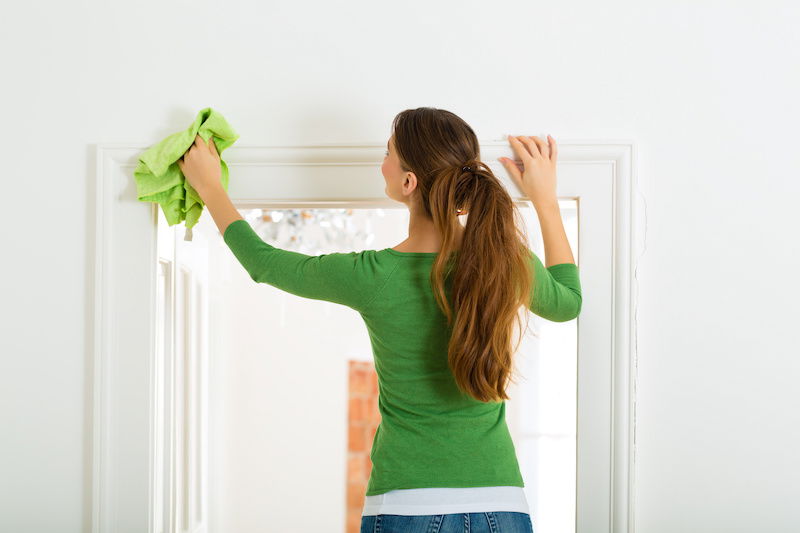It’s that time of year again—time for spring cleaning! Spring cleaning is a great way to freshen up your home and declutter it of things you no longer need. In addition, spring cleaning can be a great help for those who suffer from allergies as it helps to get rid of dust, mold, and other allergens that can trigger allergy and asthma symptoms.
Here are some tips for spring cleaning your home in an allergy- and asthma-friendly way:
- Declutter: The first step in spring cleaning is to declutter your home. Remove items that you no longer need or use, and donate or sell them. Clutter can collect dust and other allergens, making it harder to clean and easier for allergens to trigger symptoms.
- Vacuum: Use a vacuum cleaner with a HEPA filter to clean carpets, rugs, and upholstery. Vacuuming can remove dust, pet dander, and other allergens from your home. Be sure to vacuum under furniture, behind curtains, and in other hard-to-reach areas. You can also vacuum mattresses and fabric furniture.
- Dust: Use a damp cloth or microfiber cloth to dust surfaces in your home. Avoid using feather dusters, which can stir up dust and other allergens into the air. Be sure to dust ceiling fans, light fixtures, and other high-up areas that you might not dust on a frequent basis.
- Wash bedding, curtains, and throw rugs: Wash bedding, including sheets, pillowcases, and comforters, in hot water to kill dust mites and other allergens. Use hypoallergenic bedding if possible. Curtains and throw rugs should also be washed in water at 130°F or higher.
- Install new air filters: Change the air filters in your home’s heating and cooling system to keep the air clean and free of allergens. Use high-efficiency filters as recommended by your HVAC manufacturer.
- Control humidity: Keep humidity levels in your home between 30-50% to prevent mold growth. Use a dehumidifier if necessary to reduce humidity levels, especially if you live in a moist climate.
- Avoid strong scents: Avoid using air fresheners, scented candles, or cleaning products with strong fragrances. These can irritate the airways and trigger allergy and asthma symptoms.
- Remove mold: Check for mold growth in bathrooms, kitchens, and other areas of your home. If you find mold, clean it up with a mixture of water and vinegar or a commercial mold cleaner.
- Consider professional cleaning: Consider hiring a professional cleaning service to deep clean your home. Professional cleaners have the tools and equipment necessary to remove allergens and other irritants from your home.
By following these tips, you can spring clean your home in an allergy- and asthma-friendly way, reducing allergens and irritants that can trigger symptoms. Remember to wear a mask and gloves while cleaning, and take breaks if you start to feel tired or short of breath. If you have severe allergies or asthma, we recommend consulting with an allergist for additional advice on how to keep your home allergen-free.
To learn more about spring cleaning for an allergy- and asthma-friendly home, please contact us today at West River ENT & Allergy. We are eager to assist you!




